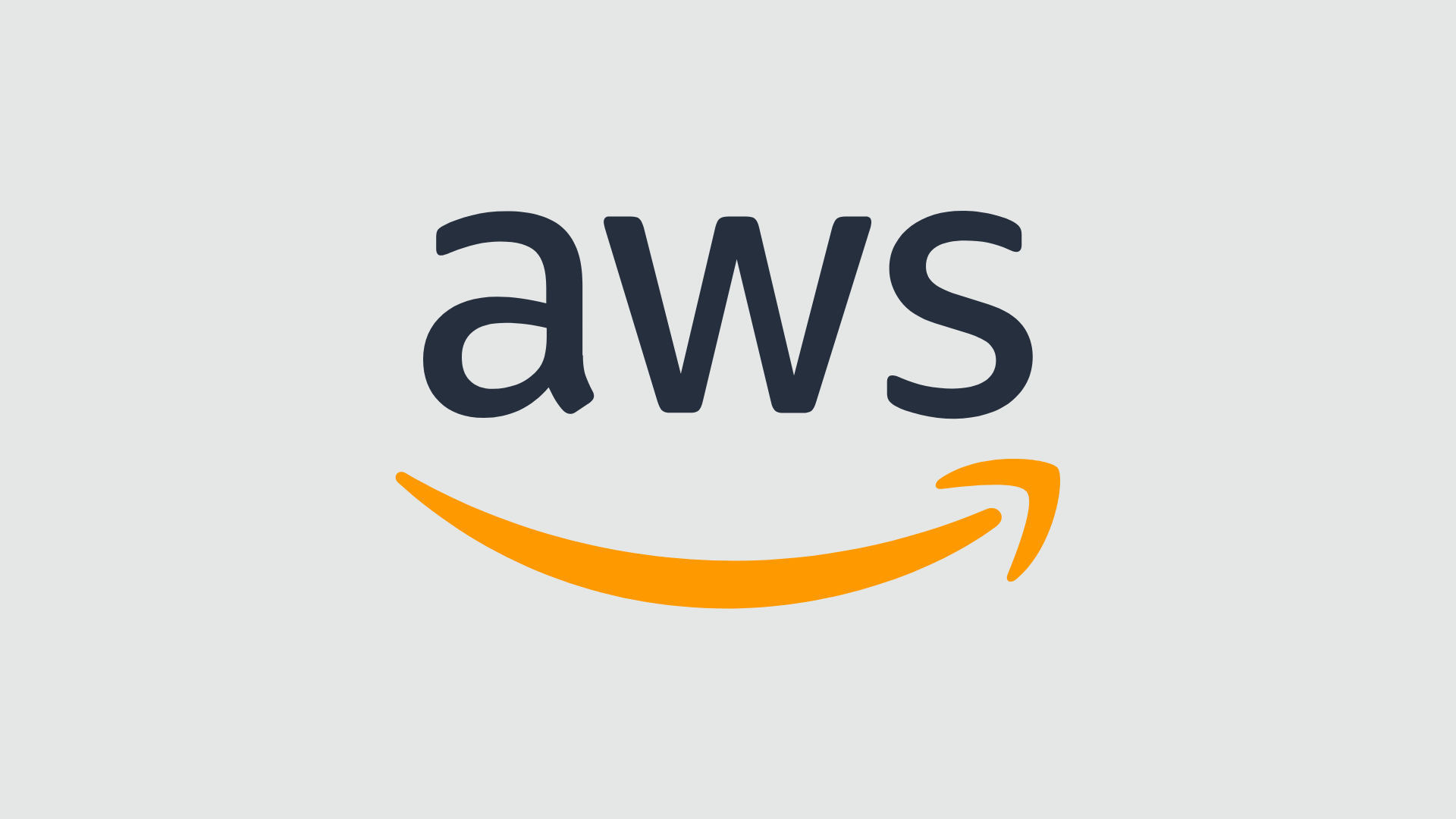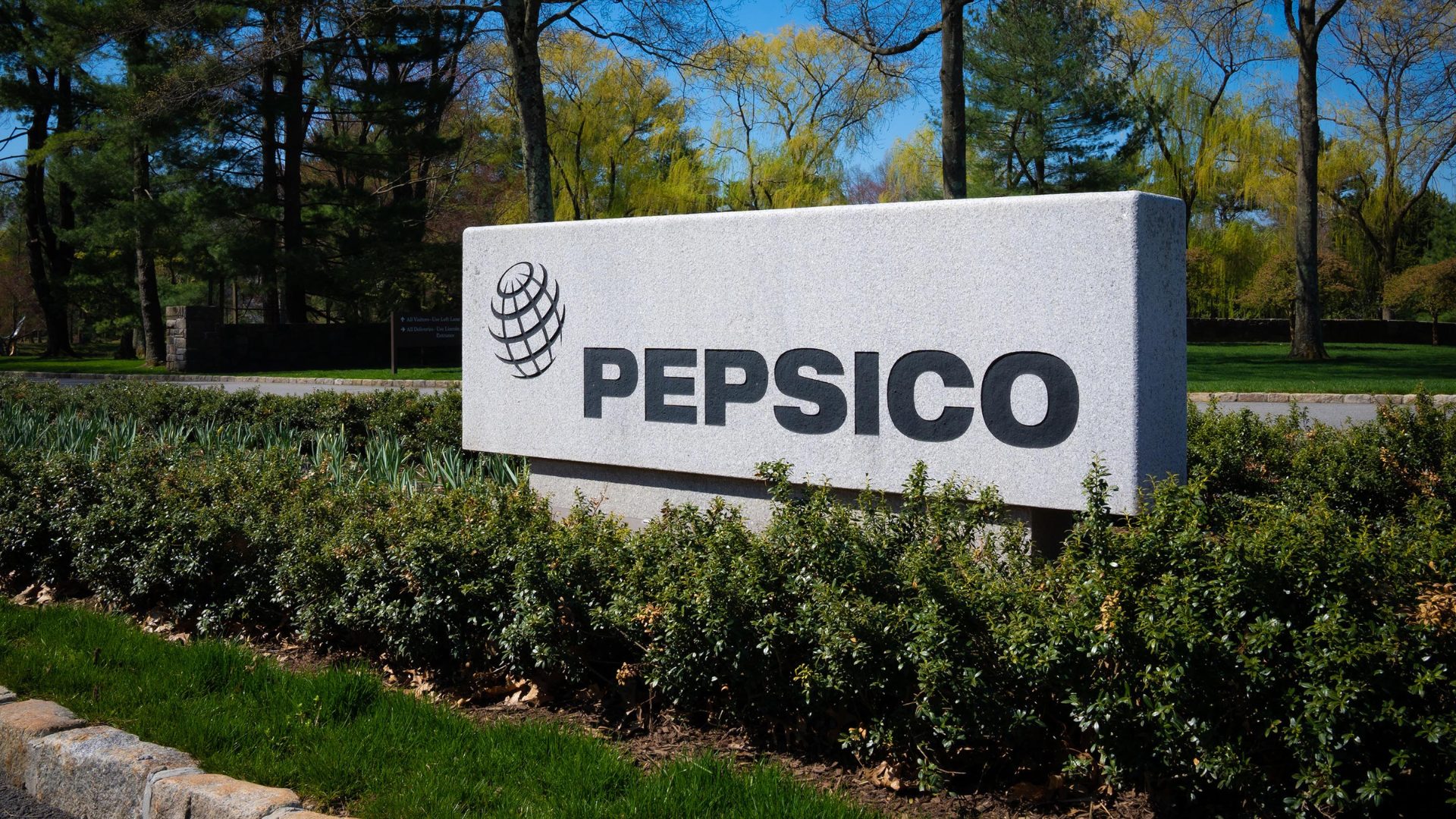Emerging consumer brands typically anchor their hopes in some kind of technical or formula innovation. These companies are product bets at their core. So, most CPG founders are product innovators first, ops gurus second, and marketers a distant third, at best.
In a brand’s early months and years, touting sexy, and sometimes inscrutable, product attributes on packaging and trade marketing remains the primary way for founders to create demand. Most undercapitalized retail brands assume that consumer marketing is a ‘luxury’ that comes much later in a brand’s life. Early marketing budgets generally go entirely to trade fees and retail media (e.g., Walmart.com, Instacart).
DTC or e-commerce brands, on the other hand, invest in direct-to-consumer performance marketing right away, because these brands are both the retailer and the manufacturer. If there is no web traffic, there is no business. This may be why DTC brands have been at the forefront of disrupting the entire brand-agency partnership model in the past several years. And there is a lot that any emerging brand can learn from these pioneers.
Whether an emerging brand is a pre-revenue DTC wunderkind or a $25M retail brand finally spinning off enough free cash to invest in a mature consumer marketing team, modern digital tools have upended traditional assumptions about how to create and distribute content aimed at persuading and reminding people to buy your thing.
The word “content” has replaced “media” in marketing office vernacular for a reason. It is the substance that dominates over the medium through which you transmit it. Media is the lagging variable. Emerging brands are not reliant on buying gate-kept ‘media slots’ from ad agencies.
In 2025, a well-run, energetic content studio can become its own broadcaster and wildly exceed the capabilities and outcomes of many external social media agencies (which I suspect will mostly be gone in the next five years or relegated to the most ignorant and laggard clients).
Until very recently, the idea of creating and distributing your own content as an undercapitalized emerging brand seemed absurd. What emerging brand has a graphic designer, videographer, sound tech, video editor, lighting specialist, creative director, digital marketing techstack expert, and performance marketing team on staff? Basically, none. Not even Liquid Death started with such an ‘agency-quality’ internal team.
Brand as Content Distributor
The current trend toward internal content studios at high-growth emerging brands is simply the latest phase in the acceleration of owned media as a core competency of high-growth consumer brands (and even late-stage ones).
Sources suggest that the earliest known owned media play for a consumer brand was the Michelin Guide, a road trip planning tool I once saw my dad perusing before a trip to Arizona in the 1980s. If you’re under 50, though, “Michelin” is a leading automotive tire brand that judges the world’s finest restaurants you can’t afford to eat at more than once a year. Becoming the arbiter of restaurant quality was one of the savviest moves for a tire brand aiming to reach the American middle-class, who know little about tires or their production but love travel. And everyone who travels is a restaurant critic. Everyone. Michelin used its guide and ratings to become an elite arbiter of food culture, not tires. The brilliance here is intentionally hard to match, but the logic behind it explains the real power of the branded content studio in the 21st century—more on why this is so in a bit.
Before the internet, though, owned media for consumer brands was essentially direct mail (not guidebooks). Most of it was non-creative discount spam. And it was really retail brands that had the most owned media fun with their mail-order catalogues.
The mass adoption of high-speed internet in the 2000s expanded the tools to create fully controlled, branded content aimed at influencing consumers and driving trial, such as e-mail newsletters, blogs, and websites. Open rates on e-mail newsletters were crazy high back in the 2000s, because e-mail was still cool. E-mail and websites often combined to fuel their own digital word-of-mouth flywheel for DTC brands that appeared in the late 2000s and early 2010s.
These early digital owned media tactics did not have the explosive potential of a linear television ad. So traditional agencies continued to monopolize the acceleration of brand awareness for emerging brands once they had reached the eight-figure mark. And before the smartphone-enabled media-verse and the sprawl of social media networks, brands essentially had to work with external agencies to create, design, and distribute virtually any videographic content aimed at the end consumer.
Compounding the lingering bias here, the instinct of classically trained marketers has always been to outsource almost anything to agencies because of their distribution might. The assumption is that agencies know content distribution better than anyone you can hire. This dodges the obvious workaround – hire the agency staff for your brand!
But the trade-off when working with agencies has always been the speed of distribution because of how agencies manage their clients—the calls, briefs, meetings, initial consumer research, Big Idea presentations, approvals, scheduling, client load, etc. Good grief. It usually takes months before agencies get any content distributed.
Now, imagine a time-starved early-stage company with a marketing team of three people, focused mainly on 2D trade marketing materials. They don’t get video. But more importantly, they have no time to micro-manage an ad agency. They have more incentive than a big brand to offload A to Z to some miraculous promotional magic shop and to believe such a thing exists. It doesn’t exist.
When you outsource A to Z because your staff has no time, you end up with little control over the process. So, it better be a low-stakes area of execution (i.e., your site’s blog). And when small brands try to ‘cheap out’ by finding agencies that will do ridiculously low-quantity social media campaigns, they simply get scammed. I once observed a broke startup spending $2,500 a month for 10-15 organic posts, and they wondered why nothing happened. 10-15 pieces of content in a month is a contractual obligation, not a serious digital marketing experiment based on real ambition. In this sad case, the cause was a desire to outsource a tactical set the founder did not truly believe in, and for next to nothing (because they did not believe in it). This was content marketing work the founder should have done themselves, simply to test hundreds of organic posts to find something, anything that could reach beyond the brand’s tiny follower base. Or he should have focused efforts elsewhere. Bad faith motives lead to bad outcomes.
The tendency of successful early-stage brands has still largely been to hire external agencies for almost anything related to consumer promotion, regardless of whether there is even a true distribution gatekeeper (as in paid linear TV ads). The rise of hundreds of social media agencies continues to baffle me. There is no gatekeeper to Meta campaigns. Why would you not run these campaigns internally at lightning speed? What I’ve found is that founders who externalize all content distribution simply have no internal faith in consumer marketing through content. They may believe in sampling or retail media. But not consumer marketing. And those who believe in its power have some crisis of confidence about learning how to distribute. Most founders don’t seem to understand the idea that at least 75% of agency tech staff not driven entirely by money would much rather distribute content at your dysfunctional startup than at their toxic agency. After all, it is the agency campaign managers who attract all the client blame.
What so many continue to forget is that an emerging brand does not need to create mass content distribution internally to extract massive value. If the point of consumer marketing is to build durable memorability in a target audience’s mind, it only needs to work initially in a small subset of the larger target audience. If only 0.25-0.5% of U.S. households need to respond in the first year, you do not need to distribute content to Superbowl levels of reach or anything approaching this.
Modern social media platforms, YouTube, and SMS/e-mail marketing combined create a powerful owned media distribution system that ANY emerging company can deploy with corporate credit cards when there is cash to devote to the experiment. But they do need to believe in the power of owned media, and they need to have de minimus staff to run an internal brand studio.
I have more than one client who, after using a digital ad agency to manage one or two platforms, discovered that their internal Twitter or Instagram team outperformed them with content produced for the same creative brief. Hmmm..
If you can afford a consumer marketing team and a seven-figure budget for paid promotion, you can afford to hire an agency content distribution expert for your brand. Or a performance marketer whiz. It’s not 2010. There are thousands of highly experienced digital content distributors for hire. Many fled agency hell.
Brand as Content Creator
Consumer brands have always created most of their retail trade ads internally. They are comfortable with 2D visuals as an internal capability. In fact, memes were the first genre of 2D content that emerging brands became fluent in distributing for attention. Yet, it’s tough to find a meme or even a GIF that produces the kind of brand reach and engagement that the best brand video content has delivered since 2020.
Earlier, I listed out just some of the technical specialties historically involved in professional ad studio production shoots. It’s the Hollywood film standard. A top agency producing content for broadcast television spots will still require it. But this Hollywood standard is NOT necessary to build brand awareness on digital platforms. YouTube’s viewer standards are lower, and most social platform viewers have even lower standards.
Liquid Death was one of the first emerging brands to show that traditional, air-brushed notions of studio ad production are irrelevant to drive early sales and velocity growth. Instead of glowing, perfect-looking humans in real life, they made punk rock, slasher cartoons for an audience who definitely did NOT want air-brushed content. Poppi is another CPG brand that further proved the power of ‘semi-professional’ content. And the ubiquity of influencer and UGC content today only serves as a broader proof of concept for brand studios creating their own material.
More importantly, as I write this, the rapid acceleration of AI video editing and content generation on platforms like Runway or Veo3 is making professional-grade studio production optional or even obsolete. Recently, the founder of DTC emerging brand MUD/WTR went on LinkedIn and shared the 60-second, TV-ready output of a recent AI marketing experiment his team made with ICON and Veo3 software. It took a few days and several hundred dollars to pull off a fantasy-based edu-tainment ad that would cost ridiculous sums to stage with costumed actors, helicopters, drones, and Hollywood CGI. The brand team wrote the script. ICON staff functioned as video prompt engineers (a skillset that will soon start appearing on the brand side).
That is the bleeding edge of DIY content creation. And it is lightning fast. And it uses agencies only for the most bleeding-edge technical skills that are too new to be widely available for hire.
To this day, the traditional agency creation process is painstaking, perfectionist, AND incredibly slow. It is also rife with political complexity as brand and ad executives battle for the vision, and content creation exhibits the ever-present risk of ‘telephone’ leading to drift from the creative brief. I have rarely seen a large agency fail to dilute a client’s original intent, usually to satisfy the PG-13 standard of broadcast television. The latter is why so many ad agencies cannot escape the 20th century in their content work.
But, as early as 2019, brands like Dr. Squatch had internal teams cranking out meme after meme across social media. Hundreds of memes per month is not something you are going to see an agency produce for anyone without an enormous monthly retainer fee. And, even then, this volume of content is tough to discipline thematically according to a creative brief when the agency account planner has multiple clients. Modern content creation loads require a corporate culture to organize and discipline the production of massive volumes of semi-professional content. Yes, a vibe can be stronger than a creative brief suffering from serious creative drift. An emerging brand’s culture is a tribal power you found early on at companies like Dr. Squatch, Liquid Death, and today at Dude Wipes. It is NOT something you can outsource. Once you see it from the inside, you can fully understand what I mean.
If you want to own your own content stream, you need a high-energy studio capable of massive content volumes and an always-on digital presence.
How Dr. Squatch Re-Framed What an External Agency is Good For
Which is rarer in today’s marketing labor market? Superb creative skills or superb digital distribution skills? Hang out with some Gen Z marketing talent and listen deeply before you answer this question.
My take is that the weak point on most emerging brand marketing teams is creativity. Creativity is a form of bravery that has to be unleashed more than taught, and it builds over years of obsession with stories and storytelling. These rare folks are essentially the greater writers or verbal raconteurs in your social network, including the hidden ones. And ad agencies used to excel at hoarding access to them, when they were rarer in the population.
A brand that needs to achieve above-average acceleration requires accelerated brand awareness. However, in my experience studying emerging brands for over a decade, most brands simply do not have creative content makers internally. This was the situation at Dr. Squatch Soap in the summer of 2019, when its MBA-wielding leadership team took a calculated risk with an angel investor’s small check.
They hired Raindrop, a new agency in San Diego, to create an anchor video to accelerate online sales of their artisan-priced, cold-process soap bars. Raindrop, in turn, hired a stand-up comic to be the main protagonist, along with local actors, to help them develop an edutainment script. What they filmed in a backyard over one long day became a legendary YouTube broadcast campaign, all run internally at Dr. Squatch with a small team of hungry, smart, but inexperienced content distributors.
Distribution is about persistence and science, as any digital marketing coach will confirm. 90% of failed digital campaigns fail because someone gave up early. Generating emotionally resonant creative content is much, much more difficult than distributing it well.
Most emerging brands are biased toward operations and, to a barely lesser extent, sales. So many are trapped in a B2B mindset (and serve-the-buyer culture) that their collective consciousness is simply NOT freed up emotionally to have much fun. Running these businesses is NOT fun. Not fun at all.
Yet, the internal content studio has to focus on having a full-time squad to entertain its target audience. They, at least, should be having loads of fun as they work crazy hours creating and pushing out content. Content studios are a growing competitive advantage for emerging brands trying to accelerate, as they become increasingly affordable every passing month. Emerging brands with massive ambitions need to become their own ad agency, internalizing and executing the promise that ad executives typically sell at an enormous markup to the brand.
And remember Michelin.
Your content stream should anchor your brand in something more significant than what you are selling. Don’t sell tires. Sell your brand as the ultimate travel companion. Don’t sell soap. Sell a solution to male insecurity. Don’t sell butt wipes. Sell the humor of managing our incredibly messy, hominid pooping.
About the author: Dr. Richardson is the founder of Premium Growth Solutions, a strategic planning consultancy for high-performing consumer brands in the eight- and nine-figure range. He is one of the few independent specialists in scaling new CPG brands and has worked with some of America’s fastest-growing, founder-controlled consumer brands in recent years, including Dude Wipes, Doctor Squatch Soap, Once Upon a Farm, and Made Good. Dr. Richardson is also the author of “Ramping Your Brand: How to Ride the Killer CPG Growth Curve,” considered by many to be the “Bible” of emerging consumer brands. You can also watch him share entertaining advice to his potential clients on his top-rated, Top 2% global ranking podcast – Startup Confidential










